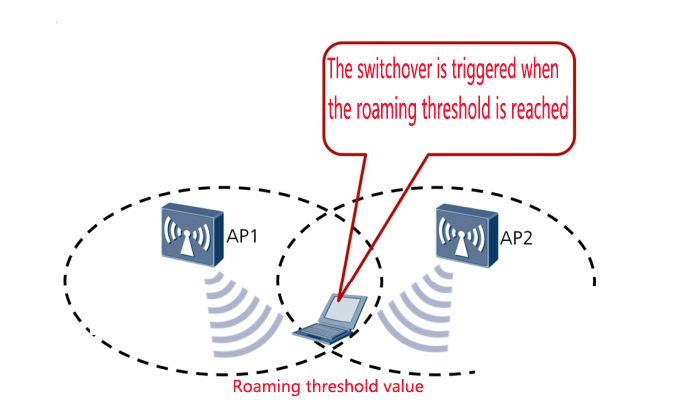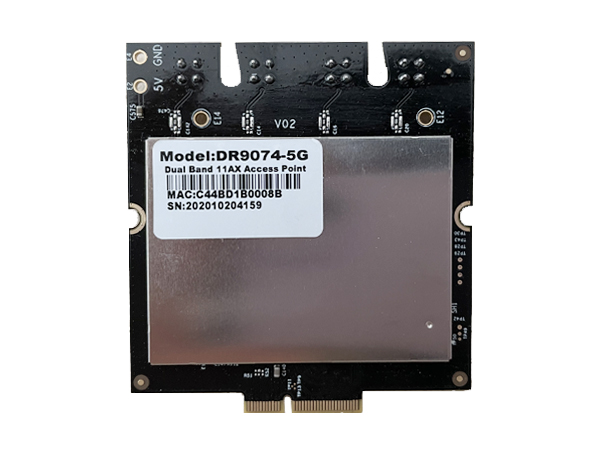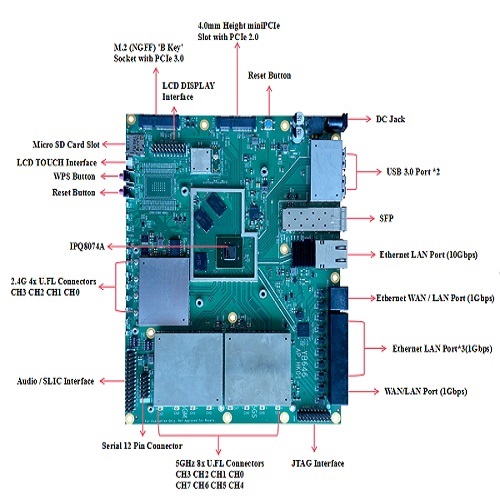MT7915/IPQ6000/IPQ6018/IPQ6010/IPQ4019/IPQ4029/IPQ5018/IPQ8072/IPQ8072A/IPQ8074/IPQ8074A/QCN6024/QCN9074/QCN9072/QCN9024/IPQ4018/IPQ4028/AR9223/QCA9880/QCA9882/AR9582/AR9531/AR9344 /AR9342/AX200NGW/QCA9531
Wallys is a company engaged in research and development, production, design and manufacturing of wireless. Currently, there are some researches on wireless roaming and many successful project application cases.
If there is any need, please feel free to contact us.
Wallys has been specializing in product design & manufacturing and delivering superior OEM/ODM services in wireless communications. Dedicated to innovative designs for wireless modules. Customization is also supported, We have 90% of the world market, We're a supplier to Facebook. (Web:wallystech com)
Skype/EMAIL/Teams:sales@wallystech.com
WEB:https://www.wallystech.com/
Introduction to Roaming:
WLAN Wireless roaming allows STAs to move between AP coverage areas without interrupting services. As shown in the figure below, STA1 keeps the service uninterrupted when it moves from the coverage of AP1 to the coverage of AP2..

WLAN Wireless roaming policies address the following issues:
1: Avoid packet loss or service interruption caused by prolonged authentication during roaming
The number and time of packet interaction during authentication, such as 802.1x authentication and Portal authentication, are larger than those during WLAN connection. Therefore, roaming requires avoiding re-authentication and authorization and key negotiation.
2: Ensure that user authorization information remains unchanged
The authentication and authorization information of users is the passport for users to access the network. If services are not interrupted after roaming, the authentication and authorization information of users on the AC must remain unchanged
3: Ensure that the user IP address remains unchanged
Application layer protocols take IP addresses and TCP/UDP sessions as the bearer of user services. After roaming, users must retain their original IP addresses so that the corresponding TCP/UDP sessions are not interrupted and data at the application layer can be forwarded normally
Classification of roaming:
Depending on whether STAs roam within the same subnet, roaming can be divided into layer 2 roaming and layer 3 roaming
Three layers of roaming:
If the VLAN ids of the two subnets are different, the two subnets reside on different network segments. Therefore, STA roaming on the two subnets is Layer 3 roaming
Second floor roaming:
The following situation occurs: The VLAN ID of two subnets is the same, but the two subnets belong to different subnets. In this case, you need to use the roaming domain to determine whether devices reside on the same subnet. Layer 2 roaming occurs only when the vlans and roaming domains are the same. Otherwise, Layer 3 roaming occurs
Basic principles of roaming
Roaming switchover process within AC
Switch detection: When STA detects that fast switch is about to occur, it will send a switch request to each channel.
STA monitors the beacon of each channel, finds that the new AP meets the roaming conditions, and sends probe requests to the new AP. After receiving a request in its channel, the new AP responds by sending a reply in the channel. Upon receiving the response, STA evaluates it to determine which AP is most appropriate to associate with.

Switch trigger: When STA reaches the roaming threshold, switch will be triggered
Different STAs have different approaches to trigger conditions:
** According to the comparison between the current AP signal strength and the neighboring AP signal strength, the switch starts when the threshold is reached
** When the service, such as packet loss rate, reaches the threshold, the switchover is started. This switchover is triggered slowly and has poor effect














